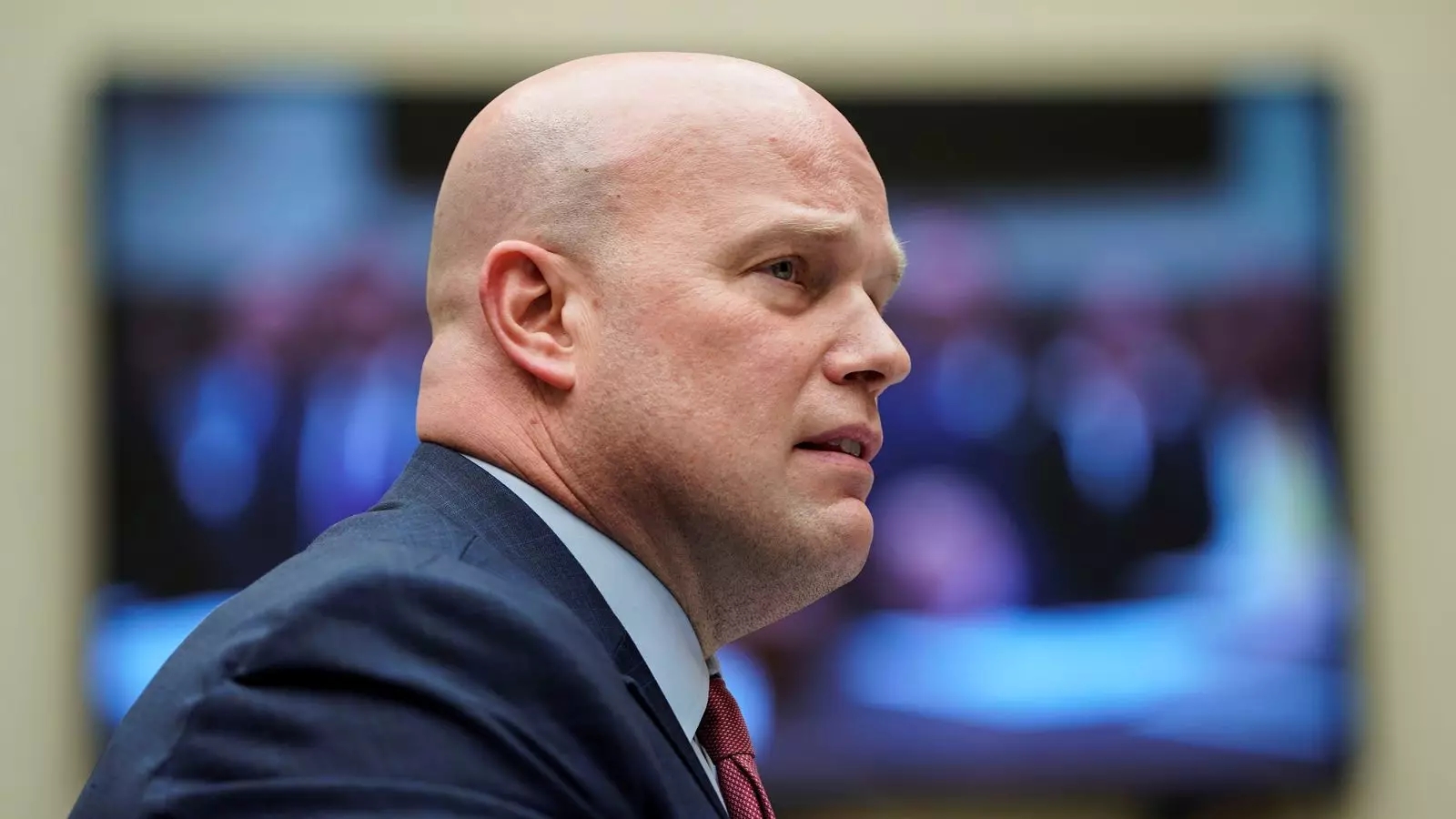In a startling directive, Matthew Whitaker, former ambassador to NATO under Donald Trump, has issued a fierce ultimatum: every NATO ally must commit to a minimum of 5% of their GDP on defense and security—effective immediately. This is more than just a call to arms; it is a clarion call for a monumental shift in defense spending strategy. Such an abrupt demand raises serious implications not only for military capacity but also for the socio-economic landscape of each member nation. The insistence on immediate and substantial increases echoes a undercurrent of urgency, perhaps reflecting a fear of growing global instability, but it also necessitates a critical examination of its repercussions.
Impending Budgetary Burdens
The ramifications of this lofty spending benchmark are profound. For countries like the UK, where the current defense expenditure hovers around 2.3% of GDP, the notion of exponentially escalating that to an improbable 5% is daunting. Labour leader Sir Keir Starmer, faced with the harsh reality of this demand, has already been cornered into an agreement to boost defense spending to 3.5% by the 2030s—an obligation layered atop an additional projected 1.5% for defense-related initiatives. This trajectory is fraught with challenges. How will nations balance their health care, education, and social services with such an aggressive military financing commitment?
Consider the implications for domestic policy: increased defense spending often siphons resources from critical social programs, potentially exacerbating issues such as poverty and inequality. Do we sacrifice the lifeblood of our communities for an inflated military budget predicated on a theory of deterrence that is increasingly contested? The urgent push for military fortification, driven partly by U.S. policy, may not mesh with national interests that prioritize public welfare.
The Deterrence Dilemma
Whitaker’s rhetoric about “peace through strength” presents a paradox. It insinuates that increased military capabilities are synonymous with security. However, history teaches us that escalation rarely equates to long-lasting peace. Instead, it fosters an environment of tension, often igniting military adventures rather than quelling existing conflicts. Whitaker’s declaration that this is not merely a suggestion but a “baseline for deterrence” presents a simplistic view of an exceedingly complex geopolitical landscape.
Furthermore, as NATO Secretary General Mark Rutte has pointed out, equating higher spending with security lacks nuance. The historical dependence on American military expenditure must be reappraised. Allies cannot indefinitely lean on the U.S. as a security blanket while grappling with pressing domestic needs. This systemic imbalance raises ethical questions about the sovereignty of member states and their ability to dictate their paths without falling into compliance under the umbrella of U.S. expectations.
Geopolitical Reality Check
The upcoming NATO summit in The Hague looms as a watershed moment for member nations grappling with these demands. While the intention of unified military action is commendable, the approach lacks a realistic appraisal of each nation’s unique context and capabilities. According to Rutte, the potential fallout for member states opting to remain within the existing 2% target is severe. Yet, how many governments are prepared to take such dramatic steps in their fiscal policies? The concept of military parity is essential, but it must be balanced against fostering cooperative international relations and addressing other vital security challenges—like climate change, which can be just as destabilizing as traditional military threats.
Many European nations may indeed face an “in great difficulty” scenario if they fail to adapt, but the notion that relinquishing financial resources to military spending is the panacea for security concerns is dangerously misleading. These issues are intricately interconnected, and reducing them to a single dimension threatens the holistic understanding required for contemporary global diplomacy.
The Path Forward: A Call for Pragmatism
Embracing a sustainable approach to defense spending involves fostering cooperative security strategies that prioritize diplomacy alongside military readiness. As allies, NATO countries must come together not just for the sake of meeting quotas but to devise a comprehensive approach to modern threats—balancing readiness with responsibility. A dynamic and robust NATO that responds to the complexities of today’s security landscape cannot merely measure its strength in financial terms; it must engage in transparent dialogue, mutual support, and strategic cooperation.
The call for a 5% defense spending commitment, while grounded in legitimate concerns about global stability, should not overshadow the pressing domestic needs of member nations. Only through a thoughtful, multifaceted strategy can NATO affirm its solidarity and commitment to peace without compromising the well-being of its citizens.


Leave a Reply